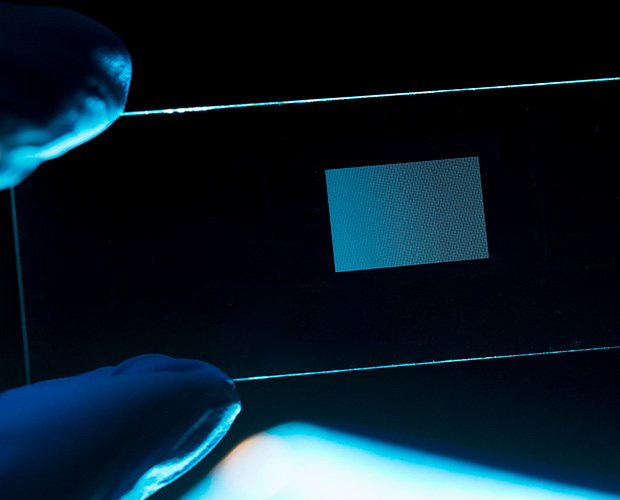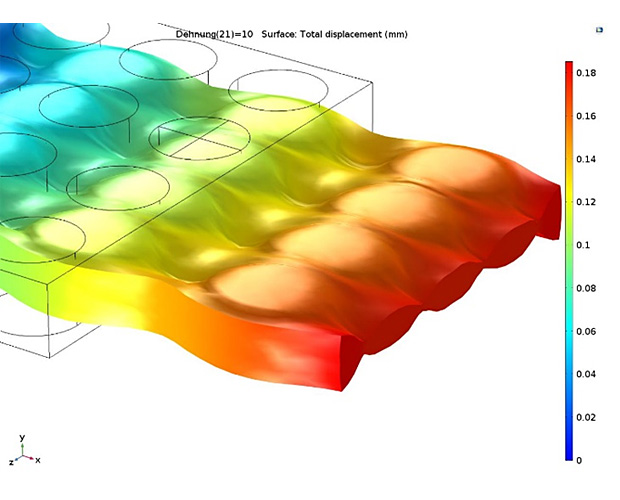In consumer electronics, the interface to humans plays a key role, because consumer electronics generate an output signal at the request of a human and integrated data processing. In the simplest case, keyboards and controllers are used as input signals, but eye tracking, movement patterns or nerve cell potentials can also be used. The underlying data processing is often complex and works with high-performance semiconductor chips, sometimes embedded in networks. Data communication therefore also plays an important role. Audio-visual information is often used as output signals (displays, loudspeakers, etc.), but haptic feedback is also feasible depending on the application.
Displays are one of the most common human-machine interfaces and output devices. In addition to displays for smartphones, monitors and televisions, more and more types of displays are being used in various applications: transparent displays (head-up displays), µ-displays for AR/VR, flexible and stretchable displays or displays for automotive, industrial or defense applications. Displays combine an electronic back panel, light emitting layers and µ-optical functions. All these functions require tailored materials and processes to realize high quality displays adapted to each situation and use.




